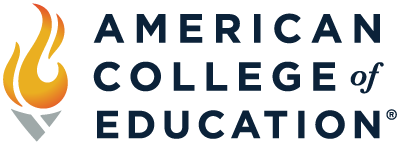
As cliché as the expression “every teacher is a reading teacher” is, there’s some truth to it. Reading teachers help young students become proficient in reading – not only in the subject itself, but the contextual component of comprehending subject areas. At what age does teaching reading stop? The expression would suggest that it never stops, and it’s a continual process extending throughout formal education.
However, reading isn’t literacy, and literacy isn’t reading.
The first word I would adjust in the expression mentioned above is “reading.” The word “literacy” more accurately encompasses the reading, writing and effective communication skills (speaking and listening) necessary for proficiency. So, let’s adjust the expression to, “Every teacher supports literacy development.”
Teaching literacy is incredibly important and begins very early in life. Parents/guardians, daycare providers, preschool and early elementary teachers all play a vital role in supporting literacy development. We are all literacy teachers in a sense.
Literacy instruction is needed at all levels of education.
Beyond just semantics, there are elements of literacy instruction that need to be present in any classroom or educational setting. Every class includes some form of reading and/or communication. However, some students read below grade level, and it’s not reasonable to expect them to proficiently read grade-level text and effectively comprehend the content. Regardless of whether or not intervention resources are available, there are steps teachers in any subject area can take to support student literacy development without being a “reading teacher.”
How can teachers help students struggling with literacy?
To begin, prepare students for the type of text they’ll be reading. Assumptions can’t be made that students will approach text the way a proficient reader would. Before students can approach text properly themselves, they need to be taught how to anticipate the text structure in order to know what to expect and how to get the most from what they’re reading.
It’s also important to ask students to engage with the text while reading. Completing a task while reading can help students dive deeper into the content, reflect on and process their learning, and force them to slow down and take the time necessary to understand it. Some form of note-taking, such as annotating the text or a multi-column note approach can help focus a student’s reading and increase understanding. Any time students are asked to discuss or write about their reading, it engages students at a deeper level of reflecting on what they read and paraphrasing.
Emphasize vocabulary. When determining which words to prioritize, consider the frequency of the terms and how likely students are to encounter them again. Instruction on high-frequency word parts can be a valuable use of time, and students can apply that knowledge to other words containing common parts.
Not all reading tasks are created equally. When it comes to reading skills and strategies, ensure your focus is evidence-based and the most impactful. While identifying the main idea might not be particularly effective, other skills, such as summarizing and paraphrasing are always useful.
All to say, the areas of writing, speaking, presenting, listening and language skills (essentially all the areas of communication) can be developed through literacy instruction. These are highly transferable skills that are applicable in every content area and relevant in any profession, but remember, they need to be directly and explicitly taught without assumptions of proficiency. Model and demonstrate the expectations to ensure you are supporting the development of proficient readers and effective communicators.
Grow your impact as a literacy educator with the M.Ed. in Literacy program at American College of Education.

